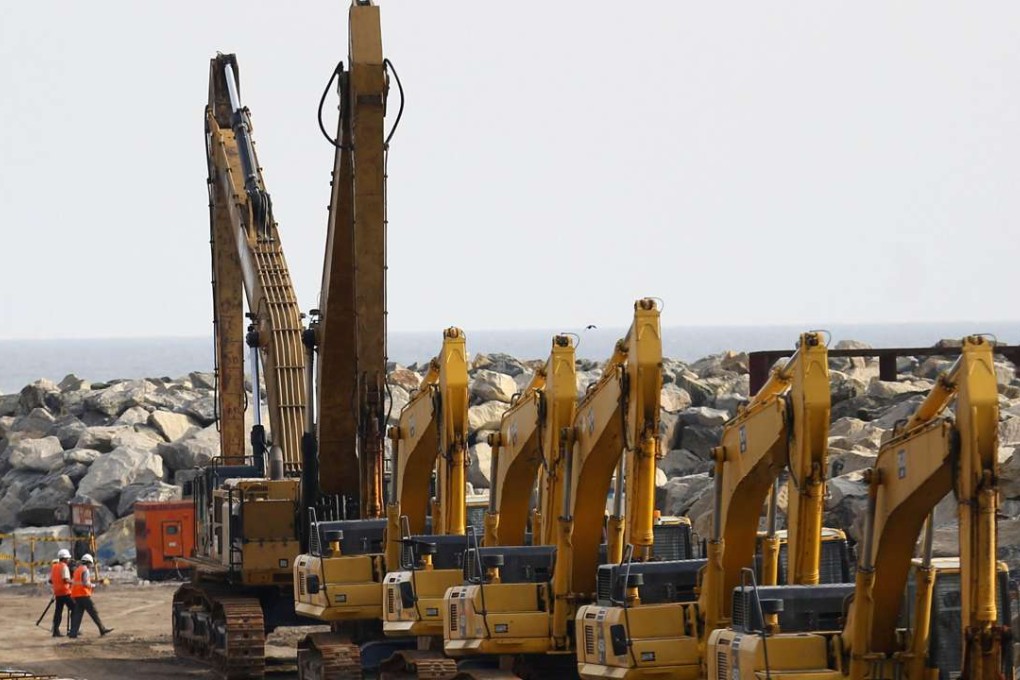Consistent political will is needed to ensure one belt, one road initiative succeeds
Geopolitical tensions place the strategy aimed at strengthening connectivity between the economies from China to Europe in jeopardy

China’s one belt, one road initiative is one of the most expansive and complex political and economic undertakings ever attempted, and inherent to such a large-scale and long-term project are some very formidable challenges.
Political, economic, and social factors all have major impacts on how thoroughly the strategy can be instituted throughout the 65 countries it touches, and working out all of these various elements is key to its success.
Consistent and concentrated political will is perhaps the greatest challenge for the initiative. As many of the countries along its various routes have democratic governments, which can be prone to radical changes in policy with the regular revolving of elected officials, sustaining focus on the initiative’s projects and positive Chinese relations from regime to regime is essential.
Political changes have already presented numerous disruptions to the initiative’s projects, one of the most noted examples being the very pro-China Mahinda Rajapaska being ousted in Sri Lanka for a much more lukewarm candidate, which caused major delays in the development of China-backed projects such as the Colombo Port City and the Hambantota Deep Sea Port.
The geopolitical influence of major world powers on less powerful one belt, one road countries also cannot be underestimated. Bogdan Góralczyk, a former Polish ambassador and sinologist, called one belt, one road the biggest geostrategic project and vision since at least 1945, and the initiative has likewise been a major disruptor of the reigning geopolitical status quo throughout Eurasia.
Major routes of one belt, one road traverse parts of the world where Russia, India, the EU, Japan, and the United States exert large amounts of influence.